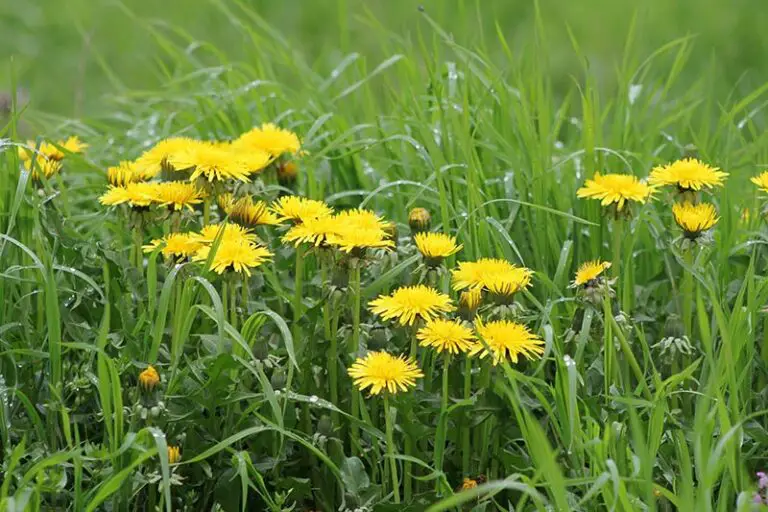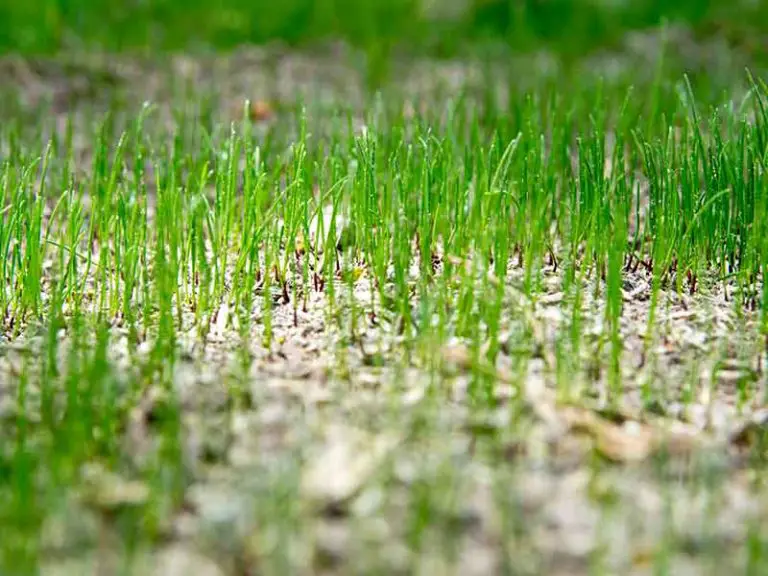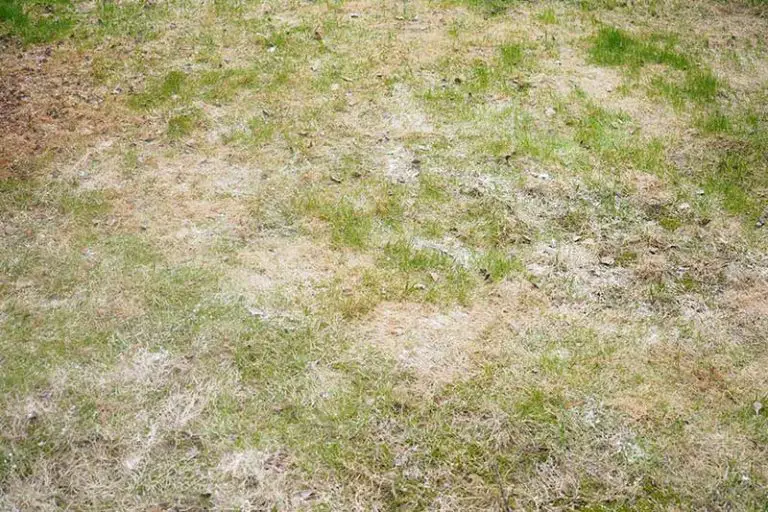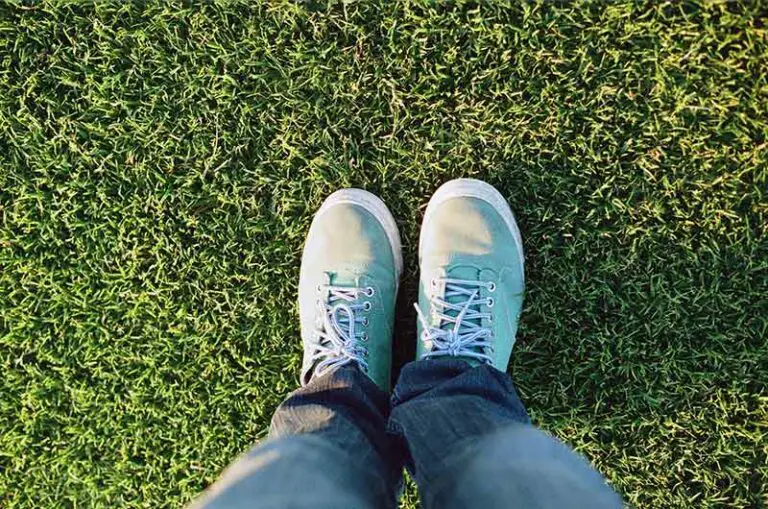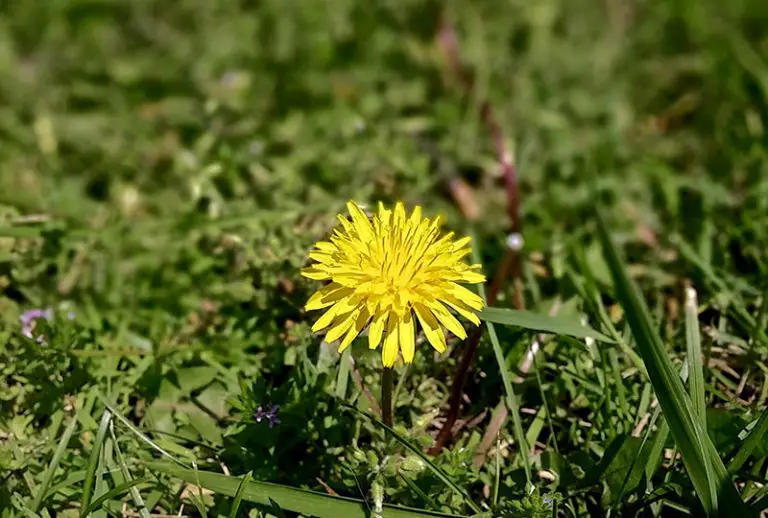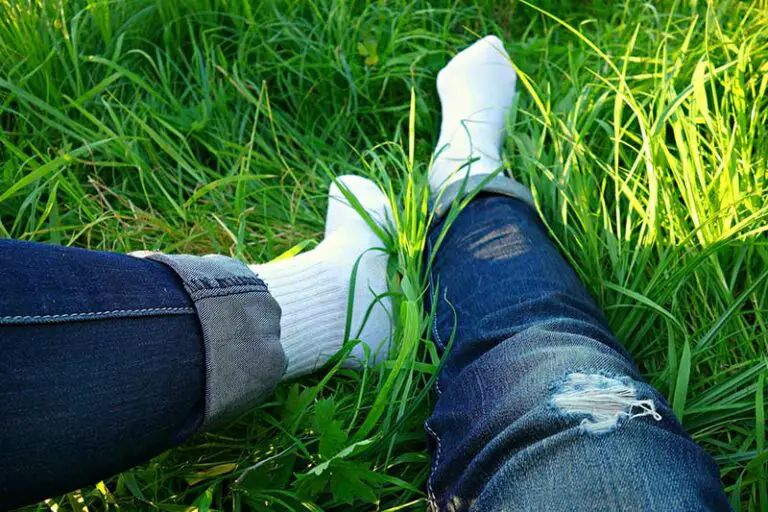Will Grass Spread to Bare Spots in Your Lawn?
Nothing can be more frustrating than seeing unattractive bald patches of dead grass on your gorgeous green lawn. In most instances, you start wondering what’s happening because the grass on other parts of your yard is thriving.
The question of whether grass will spread to bare spots on your lawn ultimately depends on the type of grass that you’re growing. While some species of grass will spread and fill in these bare spots on your lawn via stems known as rhizomes, others are unable to do so and will require extra repair work on your behalf to get your lawn looking full and green again.
Read on to learn more about the types of grass that will spread to fill bare spots on their own versus those that require overseeding, along with some information on what causes bare spots to form on the lawn in the first place. We have also provided step-by-step guidance on how to overseed a lawn that contains non-spreading grass.
Does Grass Spread to Bald Spots and Regrow?
The simple answer – it depends. There are about 12,000 different grass species globally, and knowing the type of grass that’s growing in your lawn can go a long way towards ridding it of bare spots.
Grass that spreads via rhizomes (underground runners), for instance, spreads more quickly and fills in bare patches more naturally. The same is true for grass with stolons (above-ground runners). You need to be patient to avoid damaging your lawn further.
Rhizomes and stolons can fill your lawn on their own over time.
However, there are other types of grass known as clump-forming grasses. This grass species doesn’t spread or repair bare patches by itself. You will need a more hands-on approach to fill all the bare patches with grass seeds and compost.
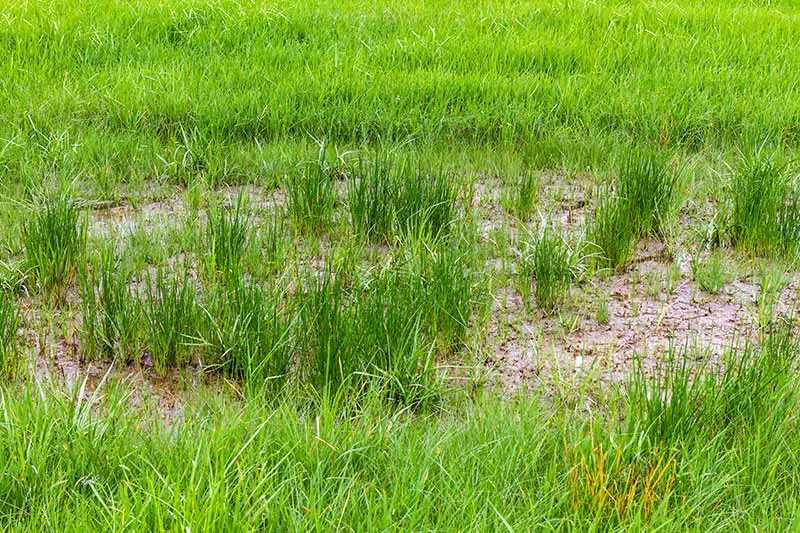
How to Encourage Grass Spread on its Own
Grass can spread vegetatively below the soil or over it. And understanding how it grows can help you encourage its spread over your lawn and make it healthy. Here’s a more detailed overview of the different types of grass species and roots that can spread on their own.
- Rhizomes
Grasses with rhizomes have stems beneath the ground that pop up at a distance from their mother plant and can form entirely new plants that produce their rhizomes. So, these grasses are self-propagating.
- Stolons
Unlike rhizomes, stolons grow above the ground. These grass species travel on the soil’s surface and travel close to or far from the mother plant. When the root note finds good soil, it will take root and create a separate grass plant and no longer rely on the mother plant.
Why Are There Bare Patches in My Grass?
Bare patches can appear on your lawn because of pests, fungal diseases, fertilizer burns, salt burns, and many other reasons. And knowing how to fix these issues starts with identifying its cause first.
It is essential to get to the bottom of the bare spot mystery first. Only then can you know the best course of action to correct the problem.
Otherwise, you may end up with the same problem a few weeks or months after “fixing” it.
So, what are the leading causes of bare spots on your lawn?
1. Urine from Pets or Other Animals
Cats, dogs, and other animals can develop a habit of urinating on your lawn, leaving a brown, straw-like patch on it due to high concentrations of urea that burn the grass. But just around the patch of dead grass, you may see a ring of dark green, unusually healthy grass. This is often the result of higher-than-normal concentrations of nitrogen in the soil.
2. Grubs or Other Pests
Most lawns can tolerate up to a certain degree of grub infestation. But when the infestation is too high, you may start noticing dead spots appearing on your lawn.
A strong indication that you’re dealing with grubs is when the dead patch of grass starts lifting away from the ground when you tug on it. Most grubs eat the roots of grass, leaving nothing to hold it in place. See our guide Grubs in Lawn to learn the telltale signs of a grub infestation and the measures you can take to combat these pests.
3. Spilled Gasoline or Chemicals
Spilled broad-spectrum herbicides like glyphosate or other pesticides often cause dead patches in the lawn.
You may have an appropriate weed killer for your lawn, but it can sometimes be too concentrated for the grass in your yard to handle. Most chemical spills create irregularly shaped dead patches that often match the shape of the spill. So, next time check the concentration of the chemicals you’re using around your lawn. An accidental spill can kill turfgrass.
4. Fungal Diseases
Yes, there’s such a thing as lawn diseases. Fungal lawn diseases like brown patch fungus and snow mold can kill patches of your lawn and leave them bare. So, the next time you see fine white webbing that’s gradually killing the grass on your lawn, it might be a potential fungal disease.
5. Fertilizer Burn
Applying excessive fertilizer or spilling highly concentrated fertilizer in your lawn can also burn the grass, leaving you with dead spots. If you accidentally spill fertilizer on your lawn grass, water it thoroughly and as quickly as possible to wash out any excess nitrogen that might burn the grass leaves. Make sure you know how to fertilize effectively and how often you should fertilize your lawn each year.
6. Salt Burn
This is more common in the northern climates, where homeowners apply salt as an anti-icing measure.
However, using too much salt on the grass can burn the grass and leave dead patches on your lawn. These areas can sometimes heal themselves after watering in the spring. But at other times, you may have to reseed for grass to grow on the burnt patches.
How to Plant Grass Seeds in Bare Patches
Does grass spread? How do you promote its spread to bare patches? This section will touch on everything you should know regarding how to seed bare spots in your lawn.
Overseeding bare patches of grass in your lawn is a relatively simple task that takes just a few hours if you know what you’re doing
Follow these steps to overseed bare patches of your lawn with healthy grass again:
1. Prepare the Soil
The first step is to mow the damaged patches and their surrounding areas, then remove the dead or damaged grass. This will expose clean soil that’s ready for seeding. Level the soil if needed using a rake.
You can add or remove the topsoil before smoothing the surface. Loose soil will invite grass seedlings to take hold and sprout easily.
You also want to delay using herbicides or weed-and-feed products to the damaged areas unless you apply them at least five or six weeks before seeding. These products can prevent seed germination and rooting. So, avoid them if possible.
2. Mix Your Seeds
One of the best strategies for promoting healthy seed germination and growth is mixing the grass seeds with soil. A mixture of one part seed and three parts soil in a bucket is perfect for preventing over planting your seeds. This will give you a seed application rate of about 15 seeds per square inch, which will result in healthy-looking grass patch repair.
Proper seed application also allows for adequate sunlight exposure for germination and great seed-to-soil contact for thorough grass establishment.
3. Spread the Seed
Forget about the seed planting depth or stabilization. You can also slightly overlap the seeding into the surrounding grass area to cover up any evidence of a patch job after the grass has grown back in.
4. Cover Up the Seeds
Covering up grass seeds isn’t necessary, but it gives the seeds a boost and a quick start in reaching the soil nutrients. You can also use fine compost to cover the seeds and walk over them gently to tamp them down into the soil.
You can add a layer of straw mulch over the seeds to prevent birds from turning them into snacks. A loose layer of straw can protect them until they germinate before removing the covering. Don’t let the layer of straw over the seedlings for too long, or it may weaken them.
5. Water It Down
This is perhaps the most important (and usually the most neglected) step in the spot repair process.
You will also want to water the seedlings at least once daily to keep them moist and in place. Grass seedlings emerge between seven to twenty-one days after repair, depending on the mix.
6. Wait to Mow
Let the new growth get a little taller than the mowing height before you mow it. Mowing it earlier could interrupt the seedling growth. We also advise you to wait until after the third or fourth mowing process before applying any herbicides or other chemicals.
Grass seedlings can be sensitive to most broadleaf herbicides. It’s better to wait for them to mature first before introducing such chemicals.
Our Thoughts About Bare Spots in Lawn Grass
Does grass spread to bare spots? Following the above steps, the more straightforward answer is – it depends. By understanding the type of grass species in your lawn, you will be in a better position to know why it has bare spots and restore grass on them.
Leaving bare spots in your lawn unattended and waiting for the grass to repair itself can sometimes invite aggressive lawn weeds, which will be even costlier and more challenging to deal with. Don’t let it get this far.

